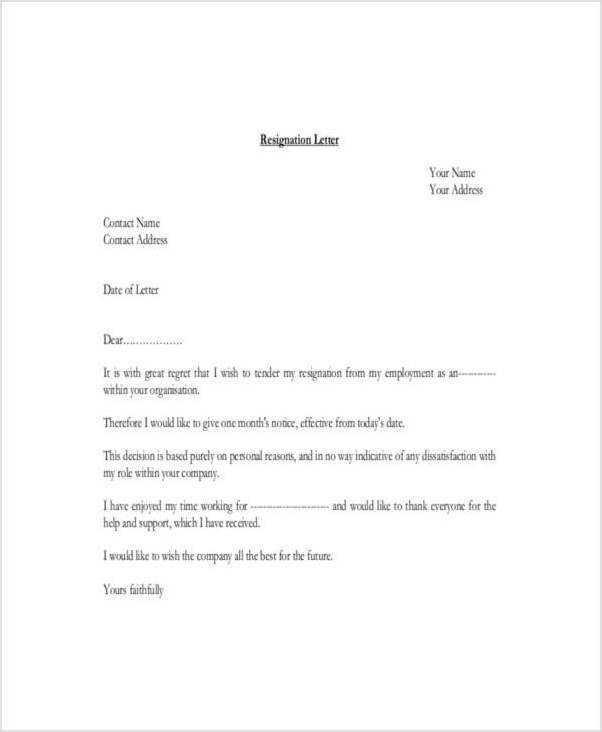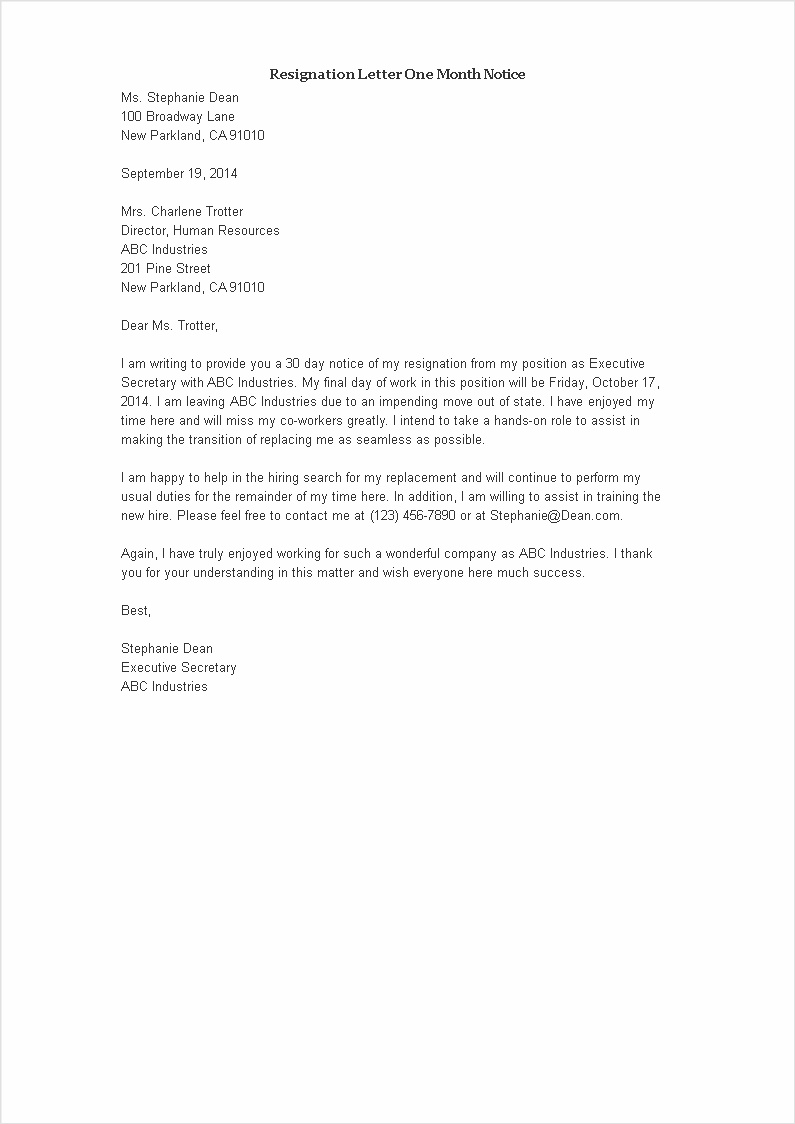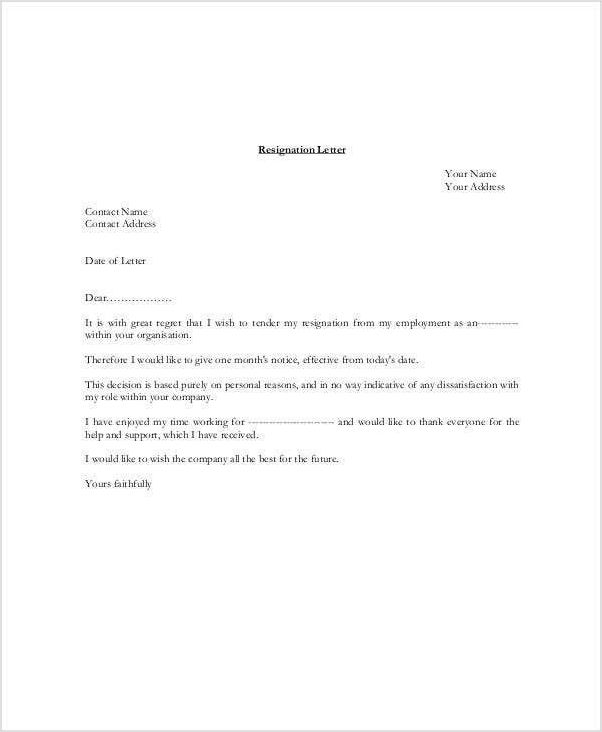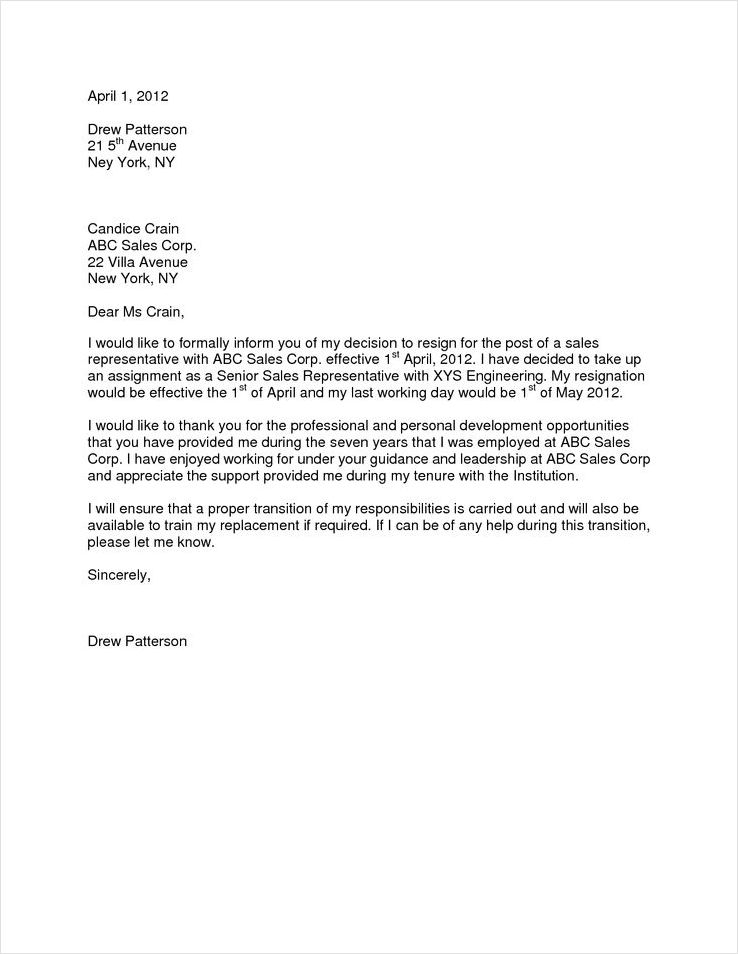
When it comes to leaving a job, it is important to do so professionally and respectfully. Giving your employer a proper notice period is not only considerate, but it also ensures a smooth transition for both parties involved. One common notice period is 1 month, which allows enough time for the employer to find a replacement and for the employee to wrap up their responsibilities. In this article, we will dive into what a 1 month notice resignation letter is, why you need one, what to include in it, and how to write it effectively.
What is a 1 Month Notice Resignation Letter?
A 1 month notice resignation letter is a formal document that an employee writes to their employer to inform them of their intention to resign from their position. It is a professional way to give notice and provides the employer with ample time to make arrangements for a replacement. The letter typically includes the employee’s intention to leave, the effective date of resignation, and any additional information or requests.
Why Do You Need a 1 Month Notice Resignation Letter?
Providing a 1 month notice resignation letter is important for several reasons. Firstly, it demonstrates professionalism and respect towards the employer. By giving a proper notice period, you show that you value the time and effort invested in you by the company. Secondly, it allows the employer to plan and make necessary arrangements. Hiring and training a new employee can take time, and providing a 1 month notice allows for a smooth transition without disrupting the workflow. Lastly, it preserves your professional reputation. Leaving on good terms with your employer can open doors for future opportunities and references.
What to Include in a 1 Month Notice Resignation Letter
When writing a 1 month notice resignation letter, it is important to include the following information:
- Your intention to resign: Clearly state that you are resigning from your position and provide the effective date of resignation. This makes your intentions clear and leaves no room for confusion.
- Reason (optional): While not mandatory, you can include a brief explanation for your resignation. This can be helpful for the employer to understand your decision and address any concerns they may have.
- Gratitude: Express your gratitude towards the company and your colleagues. Thank them for the opportunities and experiences you gained during your employment.
- Offer to assist: Extend your willingness to assist in the transition process. This can include training your replacement or providing any necessary information to ensure a smooth handover.
- Contact information: Include your contact information so that your employer can reach out to you if needed.




How to Write a 1 Month Notice Resignation Letter
Writing a 1 month notice resignation letter can be a daunting task, but with the right approach, it can be done effectively. Here are some tips to help you write a compelling letter:
- Be clear and concise: Keep your letter to the point and avoid unnecessary details. State your intention to resign and provide the effective date clearly.
- Use a professional tone: Maintain a formal and respectful tone throughout the letter. Avoid any negative or critical comments about the company or your colleagues.
- Express gratitude: Show appreciation for the opportunities and experiences you gained during your employment. This helps to leave a positive impression.
- Offer assistance: Show your willingness to assist in the transition process. This demonstrates your commitment to ensuring a smooth handover.
- Proofread: Before sending the letter, make sure to proofread it for any grammatical or spelling errors. A well-written and error-free letter reflects your professionalism.
By following these guidelines, you can write a strong and professional 1 month notice resignation letter that leaves a positive impression on your employer.
1-Month Notice Resignation Letter Template Word – Download